Incorrect installation of DP transmitters often leads to measurement errors and maintenance headaches.
A differential pressure transmitter should be installed below the process connection points, with proper impulse line configuration, considering accessibility and environmental protection.
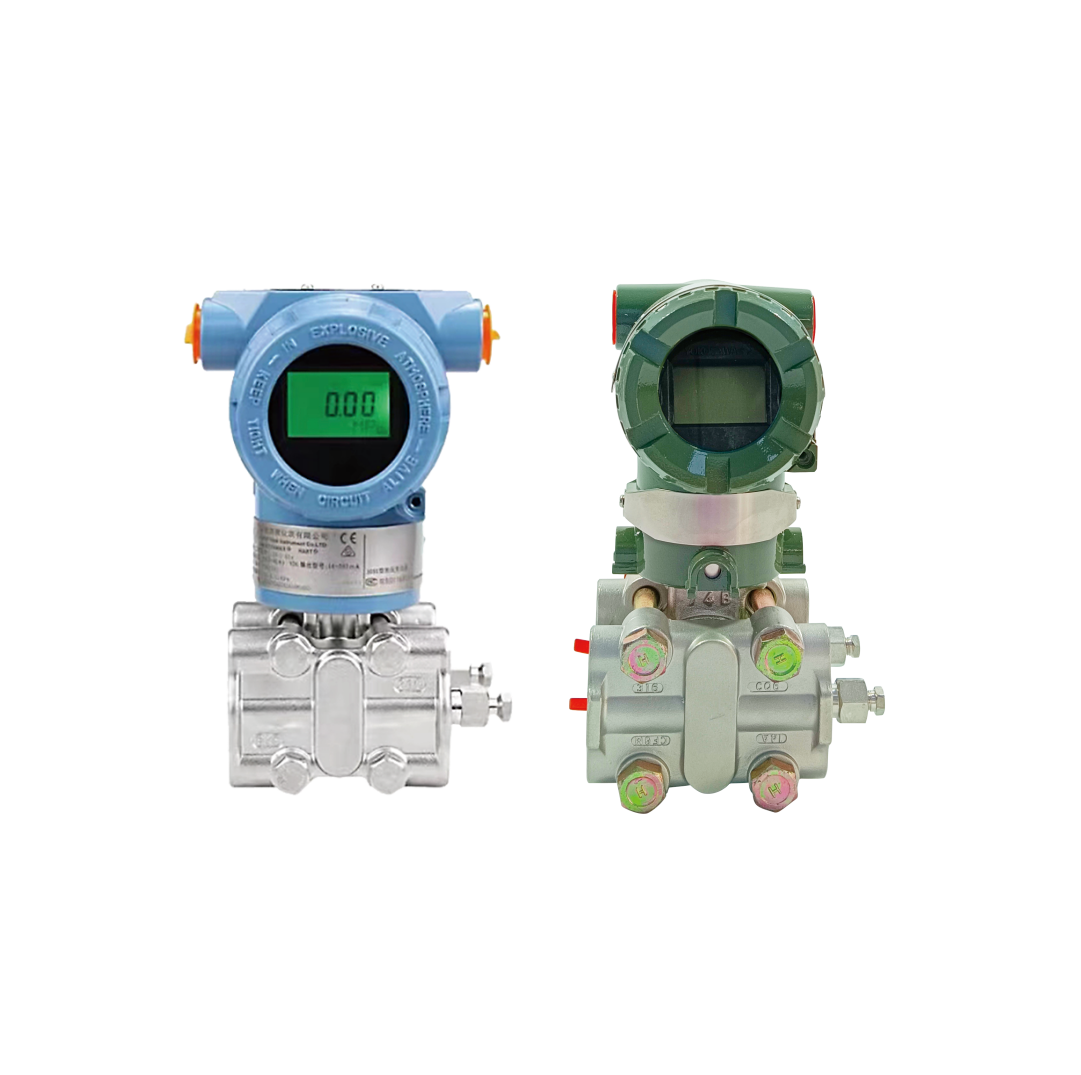
DP Transmitter Installation Overview
Let me share our installation best practices from years of field experience.
Where Should a Differential Pressure Transmitter Be Installed?
Many customers struggle with choosing the optimal mounting location.
Install DP transmitters below the process taps, within easy reach for maintenance, protected from extreme conditions, and with proper support for impulse lines.
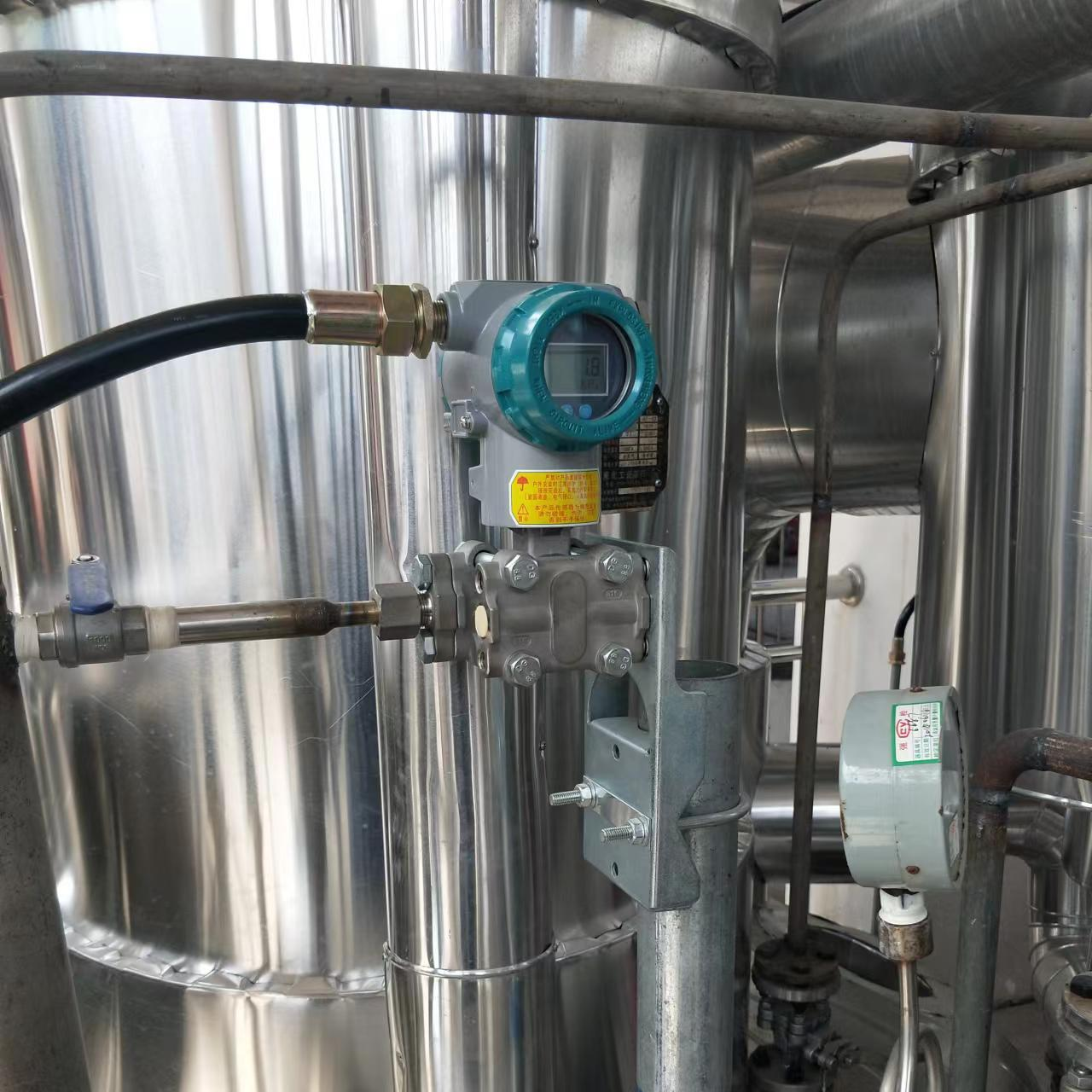
DP Transmitter Mounting Locations
From our installation experience:
Location Considerations
-
Mounting Requirements
Factor Requirement Reason Height Below taps Proper drainage Access Easy reach Maintenance ease Support Stable bracket Vibration protection Protection Weather shield Environmental safety -
Environmental Factors
- Temperature exposure
- Vibration sources
- Weather protection
- Hazardous areas
Space Requirements
-
Access Needs
- Maintenance clearance
- Calibration space
- Display visibility
- Cable routing
-
Safety Considerations
- Emergency access
- Isolation valves
- Drainage provisions
- Ventilation needs
How to Install Differential Pressure?
Proper installation procedures ensure accurate measurements.
Start with mounting bracket installation, connect impulse lines correctly, ensure proper orientation, and complete electrical connections following safety standards.
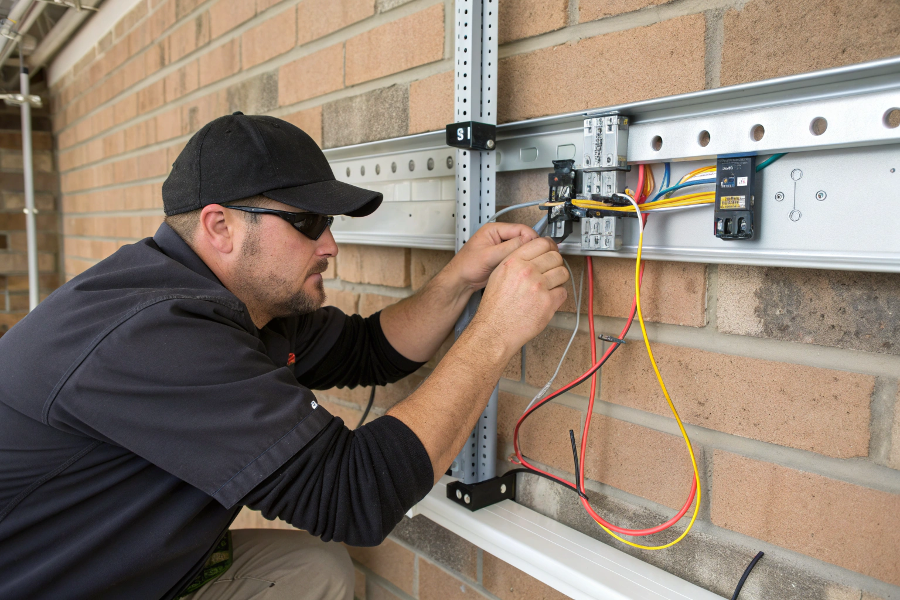
DP Installation Steps
Based on our installation protocol:
Installation Steps
-
Mechanical Installation
Step Action Purpose Mounting Secure bracket Stability Orientation Level check Accuracy Lines Connect impulse Pressure transfer Valves Install manifold Isolation -
Connection Requirements
- Proper threading
- Leak prevention
- Line support
- Insulation needs
Testing Procedures
-
Pre-startup Checks
- Pressure testing
- Leak detection
- Zero verification
- Range confirmation
-
Documentation
- Installation records
- Test results
- Calibration data
- Safety certificates
How to Install a Pressure Transmitter?
Understanding proper mounting techniques prevents common installation issues.
Mount the transmitter securely, ensure proper process connections, complete electrical wiring, and verify calibration before commissioning.
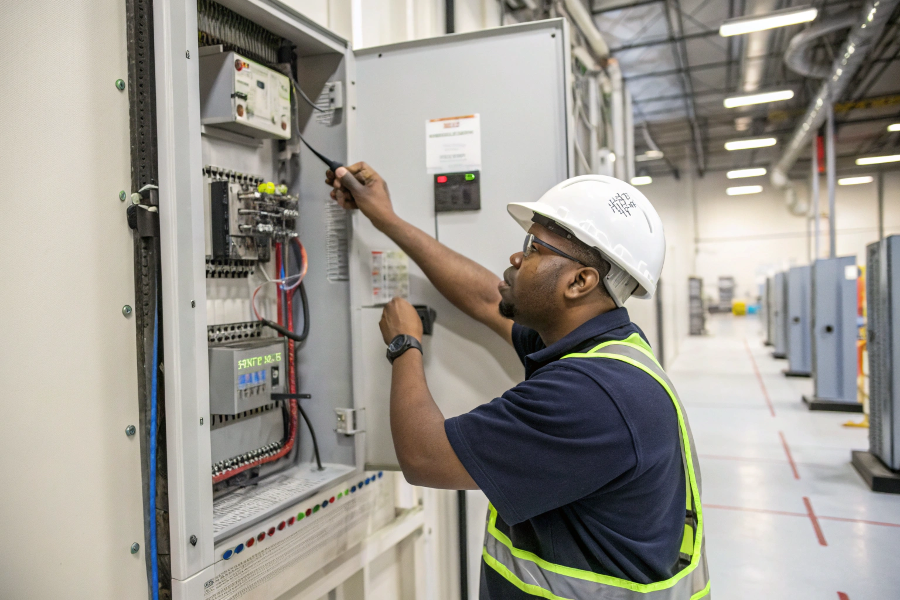
Pressure Transmitter Installation
Drawing from our technical expertise:
Installation Process
-
Mounting Steps
Phase Activity Verification Planning Location selection Access check Mounting Bracket installation Level verify Connection Process fitting Leak test Wiring Electrical hookup Signal check -
Safety Requirements
- Isolation valves
- Grounding points
- Pressure limits
- Area classification
Configuration Setup
-
Programming Needs
- Range setting
- Output scaling
- Display setup
- Alarm configuration
-
Documentation Requirements
- Calibration records
- Wiring diagrams
- Test certificates
- Maintenance schedules
How to Use a DP Transmitter for Level Measurement?
Level measurement requires specific installation considerations.
Install the transmitter below the lowest measuring point, properly route impulse lines, and configure the system based on tank dimensions and fluid properties.
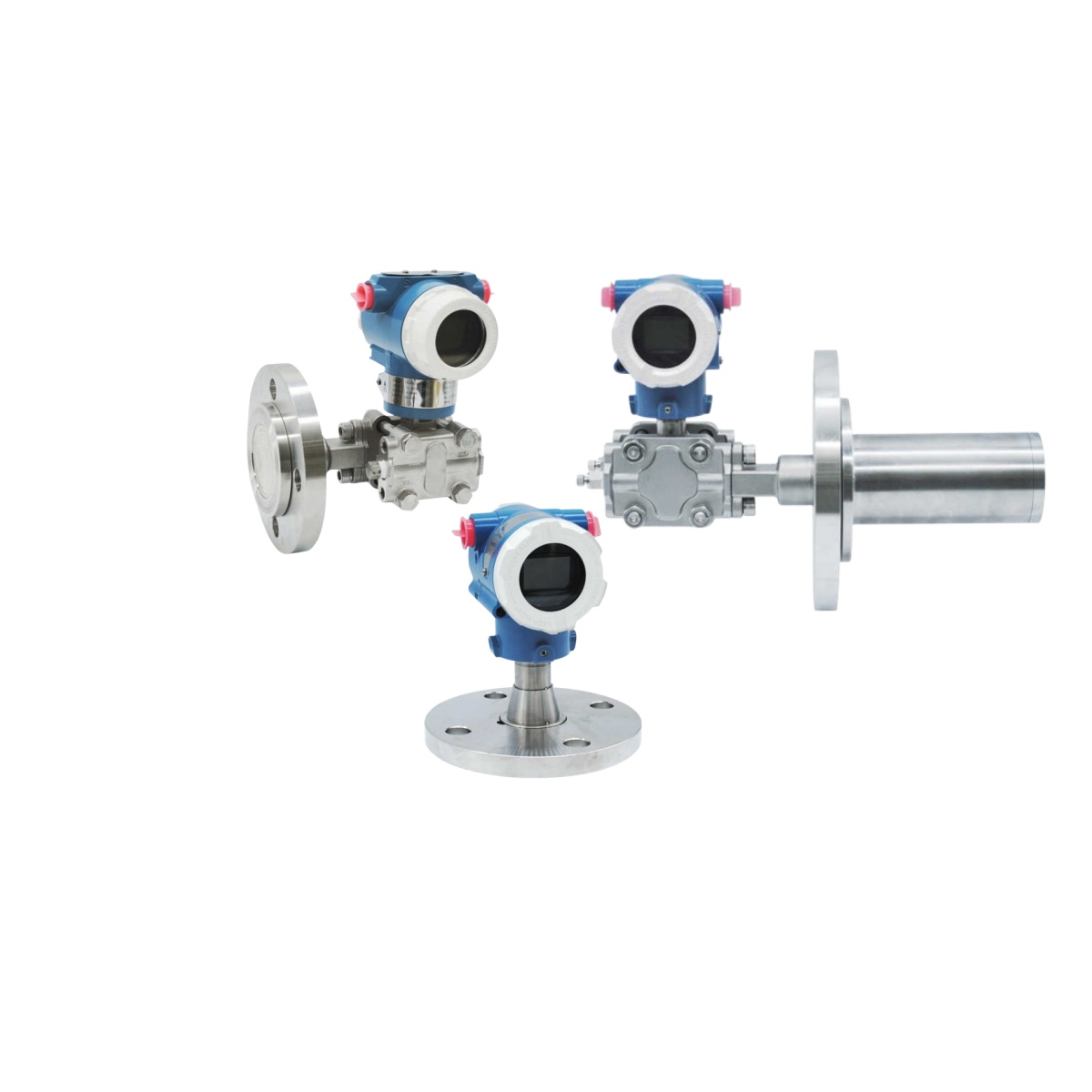
DP Level Measurement Setup
Based on our implementation experience:
Setup Requirements
-
Installation Factors
Element Requirement Purpose Location Below tank bottom Reference point Lines Proper slope Air elimination Valves Manifold system Isolation/vent Shield Weather protection Environmental -
Configuration Needs
- Zero setting
- Span adjustment
- Density input
- Temperature compensation
Maintenance Considerations
-
Regular Checks
- Zero verification
- Span validation
- Line inspection
- Seal examination
-
Documentation
- Calibration records
- Setup parameters
- Test results
- Maintenance logs
Conclusion
Successful DP transmitter installation requires careful attention to location selection, proper mounting techniques, correct connection procedures, and thorough documentation for reliable operation.
